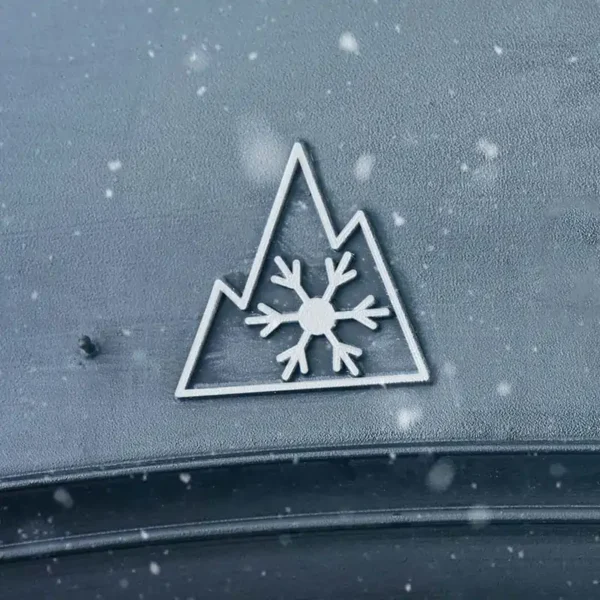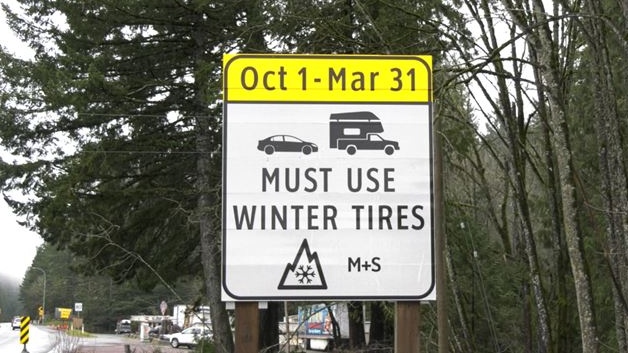We’re into late July and the hot, dry weather that comes with it, but Calgary drivers know that winter is always around the corner in this city.
And with that we get a lot of questions about winter tires, even in the middle of the summer.
Tire Types
So what tires do you need for winter? And what do all those symbols mean? Let’s start with the options. Without getting into specialty tires, most passenger vehicle tires fall into the following categories:
Summer (or Performance)
All Season
All Weather
Winter
Summer tires should never be used in the winter, and are not really ideal for even early spring and late fall. While they provide excellent traction on dry roads, and the best performance in perfect conditions, they lose their grip when temperatures start to fall.
All season tires are great “all around” tires for three season (spring, summer, fall) driving. They generally provide good traction in dry, wet, and very light snowfall (minimal sticking). However, they should not be used when temperatures are regularly dropping below 7C, and for any kind of on-road snow or ice.
All weather tires are the only four season tire on this list and can be run all year round. They are designed for the dry and wet roads of spring, summer and fall, as well as the low temperatures and ice and snow of winter. However, being a 4 season tire comes with a compromise. They will be out performed in the summer by all season and summer tires, and out performed in the winter by winter tires.
All weather tires are great for:
Those who don’t drive excessively in the winter, but still need to get around, and don’t wish to pay for a second set of winter tires.
Those who use winter tires in the winter but won’t necessarily get their tires changed before the first major snowfall.
Winter tires are the best and only option for regular winter driving in Calgary. Their tread is specifically designed for ice and snow, and the rubber is a specialized compound that can stay soft in below freezing temperatures. Winters tires should not be used in the summer, as the hot temperatures and dry pavement will prematurely wear them out and reduce their effectiveness in the winter.
Symbols
There are 2 main symbols that come into play when selecting seasonal tires:

M+S stands for mud and snow. This symbol was introduced decades ago when tire manufacturers started separating the tread blocks in tires to give them better grip in poor conditions. For a tire to earn the M+S symbol, the tire tread must have a certain amount of groove space between tread blocks, and it should not be taken that the tire is acceptable to be used in the winter.

The Three Peak Mountain Snowflake or 3PMSF or simply Mountain Snowflake symbol, introduced in the 90s, designates that a tire has been tested for winter conditions including ice, snow and below freezing temperatures. Both winter tires and all weather tires will have this designation, as well as many all-terrain or AT tires. You may have also seen this symbol on road signs in BC or Quebec.

So what do you need for winter?
While not legally binding (at least in Alberta), at minimum, you should use a tire with the 3PMSF symbol. The M+S just does not cut it for winter driving in Calgary. Your best option will always be a dedicated winter tire, but an all weather tire with the 3PMSF will still be much preferred over an all season.
At Momentum Tire we carry a vast selection of tires, everything from summer to winter, budget to performance. We are more than happy to walk you through your options, to ensure you are getting the best tire for your needs and budget. And if you would like a dedicated winter set, we can build you a package including wheels, tires, and TPMS sensors if necessary.
Contact us here or call us today @ 587 800 9699 to learn more.
